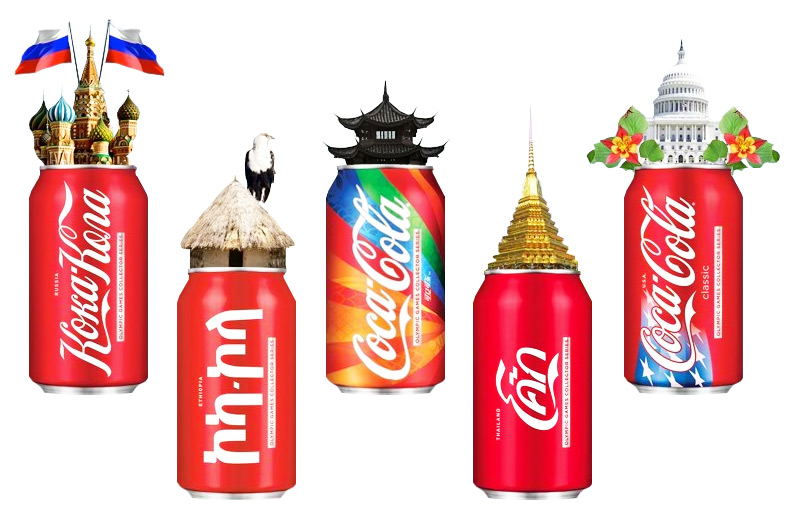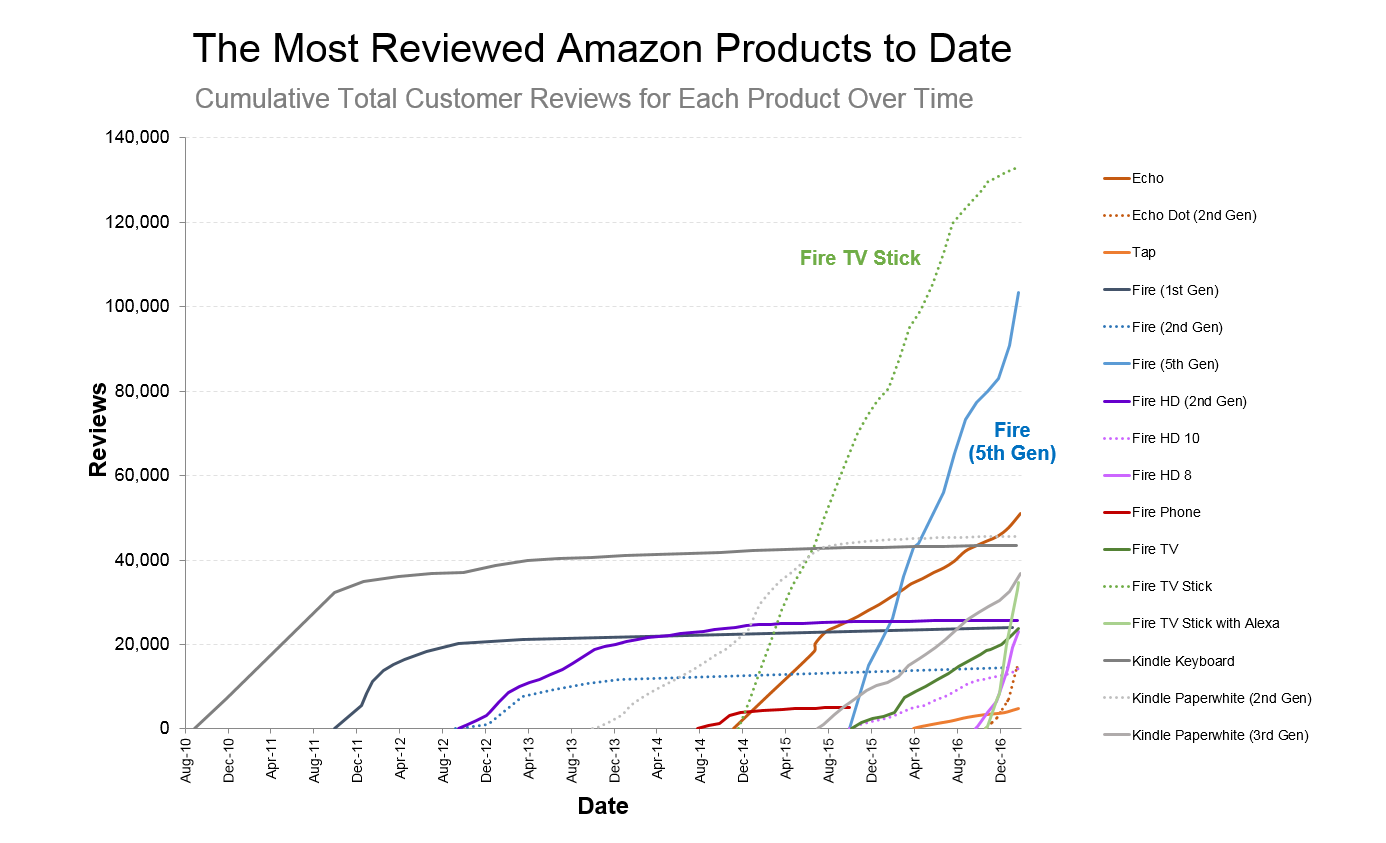
Cultural Branding: Start Expanding Your Target Market
Last update: 21 March 2024 at 11:00 am
Cultural branding, when used properly, could have an astounding effect on your business. Cultural branding creates relevance with your target audience. It does this by creating a certain level of relevance with their lifestyle.
By appealing to their lifestyle, you can outperform the competition because your brand carries a certain level of lifestyle relevance. Come with us as we delve into cultural branding, what it means for your business, and the different cultural strategies you could use for your business.
Key Takeaways
- Cultural branding fosters relevance by aligning with target audience lifestyles.
- Understanding cultural nuances is crucial for effective marketing in diverse markets.
- Iconic brands like Coca-Cola use cultural branding to create emotional connections and sell lifestyles.
- Four brand strategies: Line Extension, Brand Extension, New Brand Strategy, Flanker/Fighter Brand Strategy, cater to market demands and cultural shifts.
- Key ingredients for successful cultural branding: recognise disruptions, build community, create experiential value, ensure quality, maintain consistent branding.
What Is Cultural Branding, and Why Is It So Important?
Cultural branding is when a company markets its brand to have particular relevance with its target audience through appealing to the target market’s lifestyle.
This company will request that the marketing team look at the culture and lifestyle of that target market. Once this is done, it will use this as part of its marketing strategy.
It’s essential to remember that different countries have different cultures, although they may also use the same product. The marketing team would need to look at other countries and their culture and lifestyle to determine how their marketing strategy will work and appeal to them.

Looking into your target audience’s lifestyle isn’t a grueling task because of new technologies. The digital age allows your business to look at your brand audience and their cultural and lifestyle differences. You can then come up with new ideas on how to appeal to your target audience and ensure that customers buy from your brand.
Let’s look at a few brands that have become the holy grail of the new cultural orthodoxy. A good example of brands that have obtained iconic status with their cultural branding model is Coca-Cola, Harley Davidson, and Jack Daniel’s.
Coca-Cola appeals to their audience by appealing to their state of mind by centering their adverts around refreshing the mind. Their advert is centered around inspiration and optimism. Instead of focusing on the product, they will focus and put it into the brand instead of putting it into the product. They sell customers a lifestyle and create a type of emotional connection which is the real beauty behind a purchase.

Your business doesn’t have to stick to the conventional branding strategies. Instead, you could focus your campaign on your target audiences.
If you are looking to rework your branding strategy, we suggest you work with a qualified branding agency to help you create, not only an optimal branding strategy, but also hit the mark with cultural branding to expand your target market.
What Are the Four Brand Strategies?
There are four branding strategies that you could use to get your business up and running and bring in new profits. In this section, we take a glance at the four brand strategies and how they can impact your business positively.
Line Extension
Appealing to your customers doesn’t just end and begin with your brand strategy or your cultural marketing. You would also need to focus on your product. You may find that you need to adjust your product or extend it to cater to particular needs.
Brand Extension
Brand extension is when the business or company deviates from its core products. This involves a lot of experimenting with a new product or trying to add a new product to their product or service line.
The brand extension relies entirely on target market research. Many successful brands have ventured into brand extension, such as Apple. Apple went from selling personal computers to selling MP3 players, which was quite successful. Today, Apple has become part of the most successful brands to do a brand extension.

This type of brand strategy may become a major problem in your business as things can go wrong. There have been iconic brands that had unfortunately missed the mark when it came down to line extension. Suppose we look at Amazon, which enjoyed massive sales from the Kindle e-reader, which was launched in 2007.
In 2011, they launched their Kindle Fire Tablet; they then decided to launch an Amazon Fire Phone. Unfortunately, these sales didn’t go very well, and after 13 months of launching the product, they discontinued the phone.

Contrary to popular cultural belief, brand extension and line extension are different. Line extension extends the brand by introducing a product to the brand within the same product line. Brand extension refers to the brand developing its products by introducing a new product to its already existing product line.
There are many benefits to both brand strategies.
New Brand Strategy
This type of brand strategy plays a similar role to line extension and brand extension; however, this brand strategy deals with forming a new brand and a new product.
Unfortunately, this form of strategizing needs capital for manufacturing, work personnel, and advertising costs. You may learn the basics of this strategy in business school; however, it needs consumers to buy into the idea.
New brand strategy is how iconic brands grow their stand within corporate brands and may also allow the company to work on its cultural strategy and find new ways to become an iconic brand that appeals to consumers.
Flanker/ Fighter Brand Strategy
This form of brand strategy works by introducing a new brand into the market. At this point, the company has already been established and is trying to compete with other brands within the same field.
Their main aim is to provide a cheaper alternative and wipe out the competition. If the competitor brand is a cultural leader, there will be a cultural discourse that the new brand will fill as people are already looking for an alternative.
We see a lot of the flanker/flight brand strategy being used within China. The labor and production costs seem lower in China, and because of this, there has been a shift in the market. Many retailers opt to purchase their goods in China because of affordability.
Chinese firms have so much growth that their assets rose to a staggering 42.1 trillion yuan in 2018.
How Does Culture Influence Branding and Cultural Innovation?
It’s important to know that culture is surrounded by knowledge, customs, beliefs, and practices. To ensure that you have cultural value, you need to ensure that you have a cultural strategy group.
This would ensure that your brand appeals to its intended target audience because there are many identity myths that may cause your brand to produce a marketing strategy that does not appeal to its specified audience or society.
Branding is meant to appeal to the target audience.
You will be selling more than a product but rather an experience.
You want to appeal to your customers’ culture before appealing to their pocket because the more appeal you have towards their culture, the more they will purchase your product.
This will influence your branding drastically. Let’s say you are marketing a product and your target audience is Brasil, and you would need to market your product that appeals to their needs.
You can see that this Coca-Cola advert for example was destined for a Brazilian audience from the products and language they used.
What Are the Pivot Ingredients of Cultural Branding?
There are many things to consider when trying to venture into cultural branding. Many brands around the world have become icons because they have had the right cultural branding ingredients.
Firstly, brands would need to recognize when there is a disruption in the market.
This means that the brand needs to change its marketing strategy as the culture evolves. Adverts made in 1980 are no longer relevant because the culture has changed. Therefore as the culture changes, your brand needs to recognize this and try to stay relevant.
Secondly, your marketing strategy needs to build a sense of community with its customers.
There are many tips and tricks that you can use for this department, such as anticipating when there will be a cultural movement.
Thirdly, you need to create an experience for the consumer.
With cultural branding, the consumer is also buying into a specific idea. The idea that your brand has given off, such as making life better in a way.
Fourthly, you need to ensure that your product or service is of a higher quality.
It’s important to know that although people are interested in purchasing an experience, they are also buying a product. You need to ensure that all the high-quality products are to ensure that customers keep returning.
Fifth, you need to ensure that you create a consistent brand infrastructure.
This looks at how the company operates. You may think that all you need to get right are the products and culture; however, people are also interested in finding out more about the company. You need to ensure that your company would appeal to your target audience as well.
|
Discover the most relevant agencies for your project based on your own specific requirements.
Find an agency!Conclusion
A product or service is more than just what you are selling. You need to look at your target audience and their culture to make sure that your product gives the required revenue. Although this may be costly, it will be worth looking at if you want to sell more than just a product but an experience.





